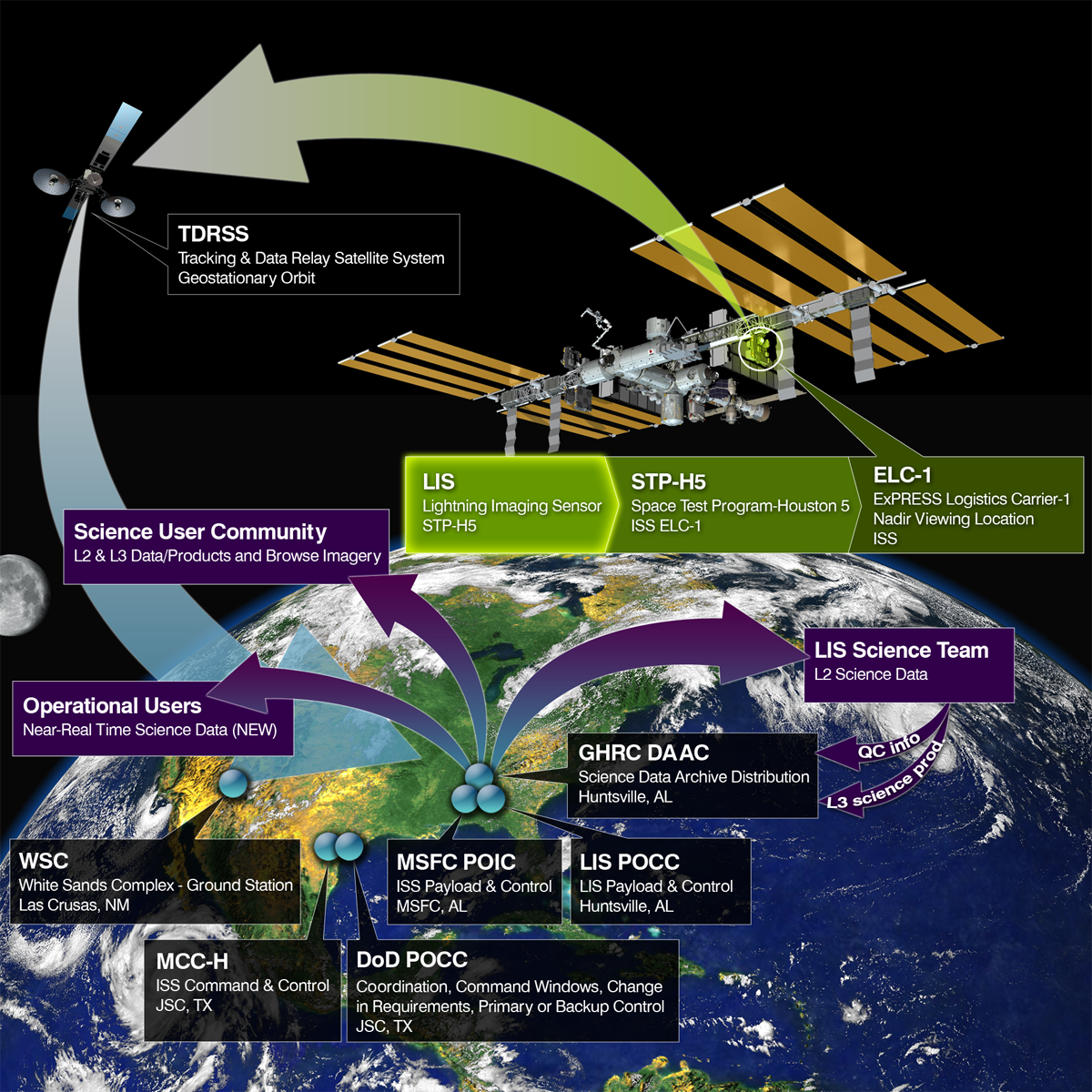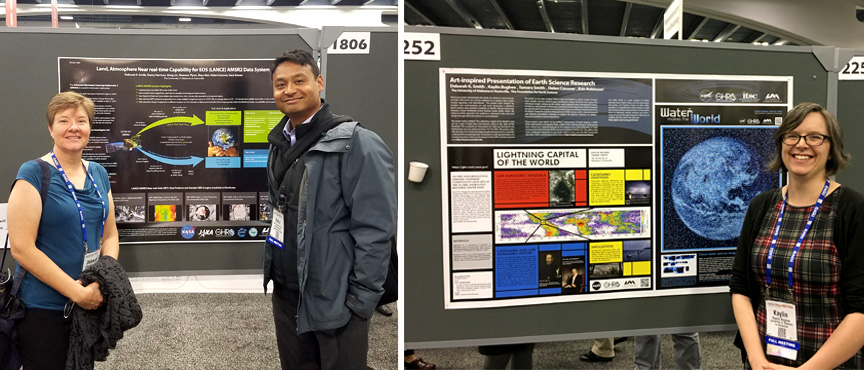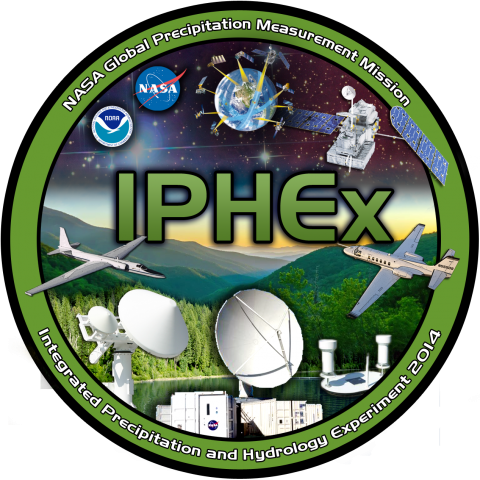
GHRC’s data processing and management team for the Lightning Imaging Sensor to be deployed to the International Space Station (ISS LIS) participated in the ISS LIS Mission Operations Internal Review on 12/20. This review focused on Payload Operations Center status, including computer systems, software, instrument health and status analysis, activation plan and nominal operations plan. Will Ellett, GHRC’s project manager for ISS LIS activities, presented GHRC status and plans to support the mission. Launch of the instrument is currently planned for early February, following SpaceX’s return to flight on January 8.









